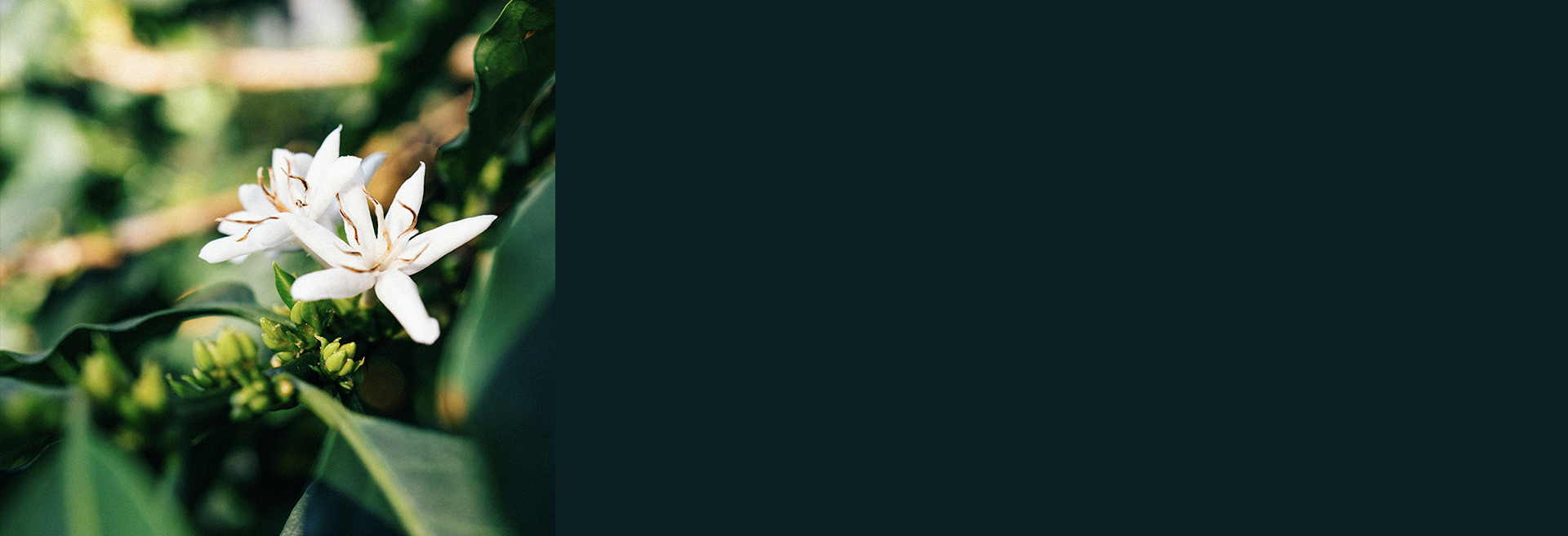Winter break · Next roast Jan. 7
Burundi
Ntarambo - Burundi
250g
QUALITY SCORE: 88.25
Cup Notes
Vanilla / Lemon / Golden Raisin / Molasses
Suggested for espresso and filter
when we roast
We freshly roast to order all coffees on Monday, Wednesday and Friday (excluding national holidays), and ship the same day! Cut-off time is 11:59pm (UTC+1) of the day before the roast day. *We only ship whole beans*
Details
- Quality Score
- 88.25
- Producer
- Several Small Farmers
- Country
- Burundi
- Terroir
- Kayanza
- Altitude
- 1805 masl
- Process
- Classic Washed
- Arabica cultivar
- Typica, Bourbon
- Picked in
- Mar - Jul 2019
- Arrived in
- January 2020
- Shipped in
- Jute + GrainPro
- Roast profile by
- Rubens Gardelli
- Roasted on
- Customised solid-drum roaster
THE STORY BEHIND
Burundi is a country that continues to face immense social and political difficulties. One of the challenges for the coffee sector is the government's involvement as an owner and operator of the washing stations. This makes traceability of the beans quite complicated. Despite this there are a few privately owned washing stations where great work has been ongoing to improve the beans' quality. Ntarambo is a small hillside east of the village of Kayanza.
The farmers on this hillside supply exclusively the Mpanga washing station and receive extensive training and financial support. Providing premiums for quality creates an incentive for the farmers to bring only the ripest cherries to the station for processing. This coffee showcases well the terroir characteristics of the region. Mpanga is both the name of the farm and the central washing station that processes all the lots. The washing station is situated in the Kayanza village, and is thus well placed to receive cherry from all the small producers in the surrounding area.
The flavour profile of the coffee from the Kayanza region in Burundi is somewhat similar to the southern Rwandan coffees, like Huye Mountain. In fact, Huye Mountain is only some 60 miles away from the Kayanza village.
THE VARIETY
Bourbon is one of the most culturally and genetically important C. arabica varieties in the world, known for excellent quality in the cup at the highest altitudes.It is one of the two main cultivars from which new cultivars are bred, the other being Typica. Historical records indicate that Bourbon was taken from the coffee forests of Southwestern Ethiopia to Yemen, where it was cultivated as a crop; recent genetic studies have confirmed this.Bourbon was first produced in Réunion, which was known as Bourbon island before 1789. It was later taken by the French to mainland Africa and to Latin America.Bourbon grows best at heights between 1,100 and 2,000 meters above the sea level and produces a 20-30% higher yield than Typica. It has a commercially viable level of yield potential and growth habit, but is generally susceptible to disease and pests.
Typica originated from Yemeni stock, taken first to Malabar, India, and later to Indonesia by the Dutch. It later made its way to the West Indies, to the French colony at Martinique. Typica has genetically evolved to produce new characteristics, often considered new varietals: Criollo (South America), Arabigo (Americas), Kona (Hawaii), Pluma Hidalgo (Mexico), Garundang (Sumatra), Blue Mountain (Jamaica, Papua New Guinea), San Bernardo & San Ramon (Brazil), Kents & Chickumalgu (India)
THE FERMENTATION PROCESS
Washed coffees showcase solely the bean. They let you taste you what’s on the inside, not the outside. Washed coffees depend almost 100% on the bean having absorbed enough natural sugars and nutrients during its growing cycle. This means the varietal, soil, weather, ripeness, fermentation, washing, and drying are absolutely key.
Washed coffees reflect both the science of growing the perfect coffee bean and the fact that farmers are an integral part of crafting the taste of a coffee bean. When looking at washed coffees, it becomes apparent that the country of origin and environmental conditions play a vital role in adding to the flavour.
During wet processing, the pulp (i.e.the exocarp and a part of the mesocarp) is removed mechanically. The remaining mesocarp, called mucilage, sticks to the parchment and is also removed before drying. During this process, the sugars present in the mucilage are removed through natural fermentation or mechanical scrubbing. Mucilage is insoluble in water and clings to parchment too strongly to be removed by simple washing. Mucilage can be removed by fermentation followed by washing or by strong friction in machines called mucilage removers. Fermentation can be done by stacking the coffee outside or placing it under water and allowing nature to take its course. After the sugars are removed, the beans then can be taken through a secondary washing to remove any additional debris, or taken immediately to the beds for drying.



